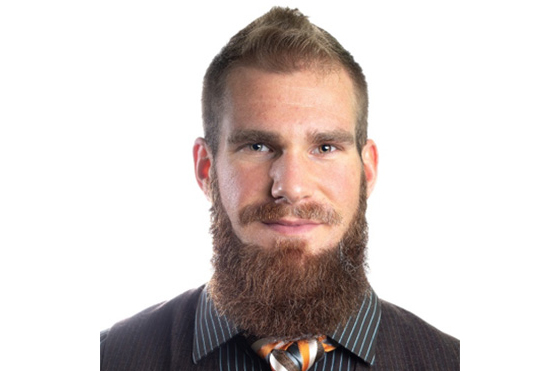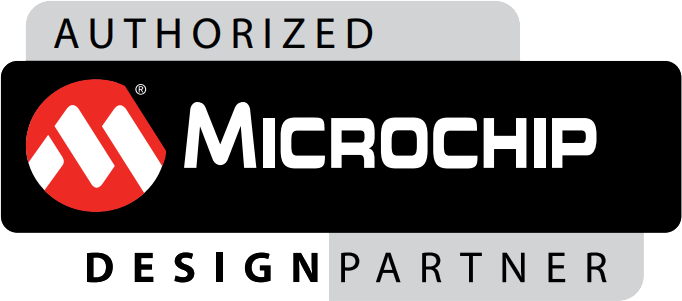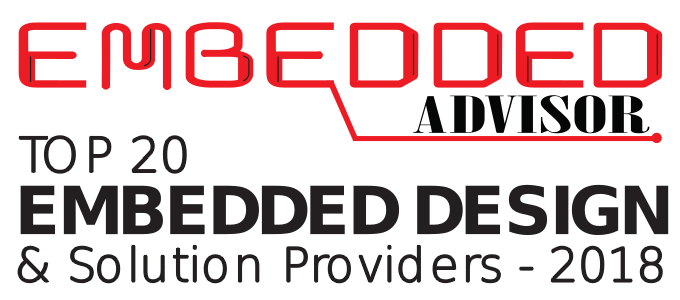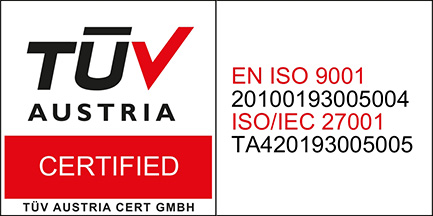
Interview – Lajoš Erdoš, Hardware Engineer
There is no better way to get to know the work and culture of our company than through the daily struggles of our “Jedis” with the new technologies.
In order to present our company and what we do, we’ve decided to run a set of interviews with our employees who would describe their experiences and give a clear picture of our work.
 Our Hardware Engineer, Lajoš Erdoš, talks about his work and the challenges he faced while developing various products.
Our Hardware Engineer, Lajoš Erdoš, talks about his work and the challenges he faced while developing various products.How long have you been working here? Can you tell us a little more about your role?
I have been working at this company for 5 years and this is my first job in the profession.
My role is to research and construct the concept of an electronic device, its architecture, schematic diagram of an electrical circuit, and create a circuit board design. If needed, I also design device enclosure, prepare production documentation, and do the testing and verification of devices. At the end, I review colleagues’ work, and make the fine rework of finished circuit boards, as needed.
What technologies are you working on? What do you like about that work?
I work on Bluetooth, LoRa, WiFi, GSM, Ethernet, DDR3, I2C, SPI, 0 digital electronics, and all types of sensors. What I love about working with these technologies is the possibility to create innovative devices that can help humanity and protect the environment.
Can you describe the projects you are working on, what exactly are you in charge of?
I’m usually working on the production of small smart sound recorders, air quality monitors, alarm system sensors, or I do data encryption. My responsibilities depend on the project, but they are mostly based on a concept construction, architecture, schematic diagram, circuit board design, and testing (verification) of produced boards followed by the relevant documentation.
What is the most interesting part of your job?
Every part of the job is interesting to me in its own way, except for writing the documentation. However, the most interesting part is when the manufactured device is delivered, and when, for the first time, I can hold in my own hands the device I have been working on for months.
What is the most unique part of working here?
To have the chance to be involved in every part of the creation process, and work on an innovative device which will later be mass-produced is quite special, even though that process can sometimes be very tiring.
Which project are you the most proud of?
The LocKey project for a data encryption device, made for a German university must be the one. Although the requirements were not precisely documented, I was able to meet all of them without any difficulties. It was the first project I did completely on my own and it was successful from the first attempt. I learned a lot from that project, for instance, how to communicate with clients, make the documentation for manufacturers, and cooperate with external colleagues.
 Our new office – Novi Sad
Our new office – Novi Sad
When did you have the most fun at work? What did you enjoy the most?
I enjoyed doing the transplantation of BGA chips from one device to another when wrong chips were soldered due to a manufacturing error, and there was no time to wait for re-production. This process was quite complicated, because BGA chips have very small pins, and all the pins are under the chip itself. Since I am a practical person, I enjoyed “getting my hands dirty“ by doing the task, and the feeling of victory of a successful transplant was very rewarding.
Besides that, I can share one of my anecdotes, which is still funny for us today. In the first few days of my work, I got my hands on a prototype of a new device that my colleagues had been developing for a long time, and they’d asked me to connect it and flash the firmware. Due to inexperience and beginner’s uncertainty, I connected it incorrectly and boom, the device smoked. I was afraid that I would get fired because I burned a prototype worth hundreds of euros, but my colleagues just laughed and sent the prototype for repair.
What has been the biggest innovation project since you are working for this company?
Although I did not work on that project, the biggest innovation was a device that can tighten the muscles of athletes by inflating the cuff (same as a device for measuring blood pressure would do), and in that way it allows professional athletes to do exercises more efficiently. The device can also provide a much faster recovery from sports injuries and help come back to the initial shape. This device has been recognized by Adidas and we will soon start with the architecture of a new version.
What kind of training have you had so far for your career development, knowledge, and skills?
Looking back, the company has invested a lot in our professional and personal development.
- The first training I attended was the training in the development of printed circuit boards, on how to route the boards, how to use the Altium Designer software, and what to pay attention to when designing the printed circuit boards.
- There was a training for agile and scrum business methods.
- Training on device architecture and design according to IPC standards.
- Training on EMC and EMI certification for products placed on the market, and board design methods to pass the certification at once.
- Various webinars on new technologies, methods of architecture and device design, the use of Altium designer.
- Personal development training: on teamwork, how to be a good team member, how to be a team leader, communication in a team and with clients; assertive communication training; management training, on how to communicate with managers, how to become a good manager, etc.
I had the opportunity to practice all this with my colleagues through real work, as well as to practice leadership skills while leading a student internship program.
Stay tuned, as the new story of one of our “Jedis“ from the team is coming soon!




